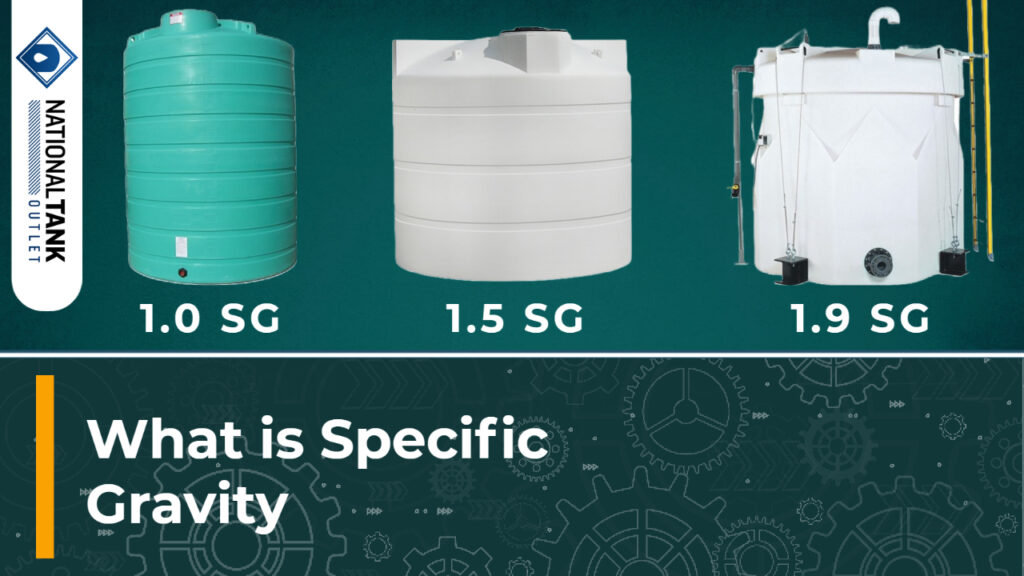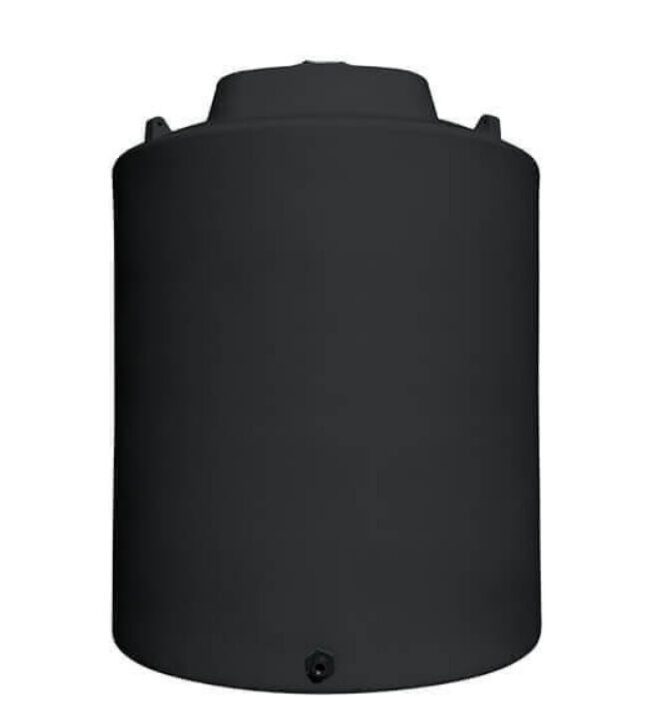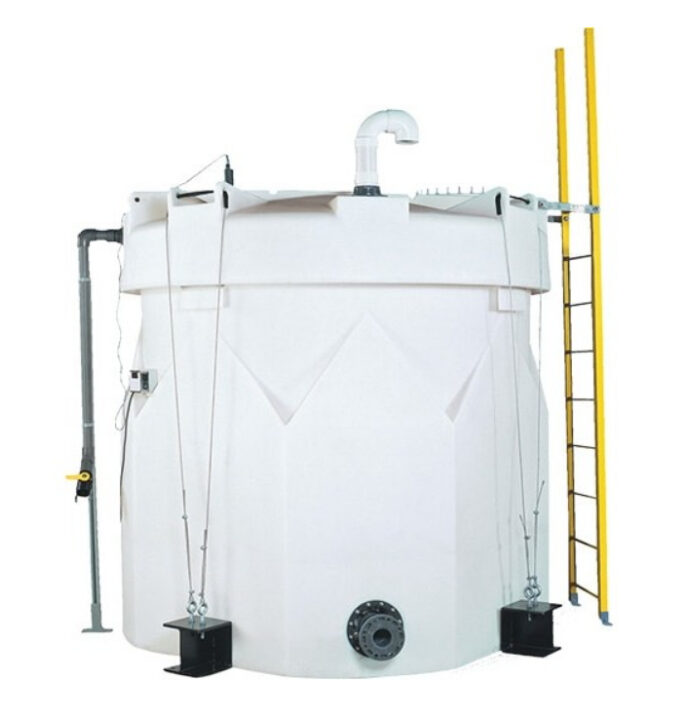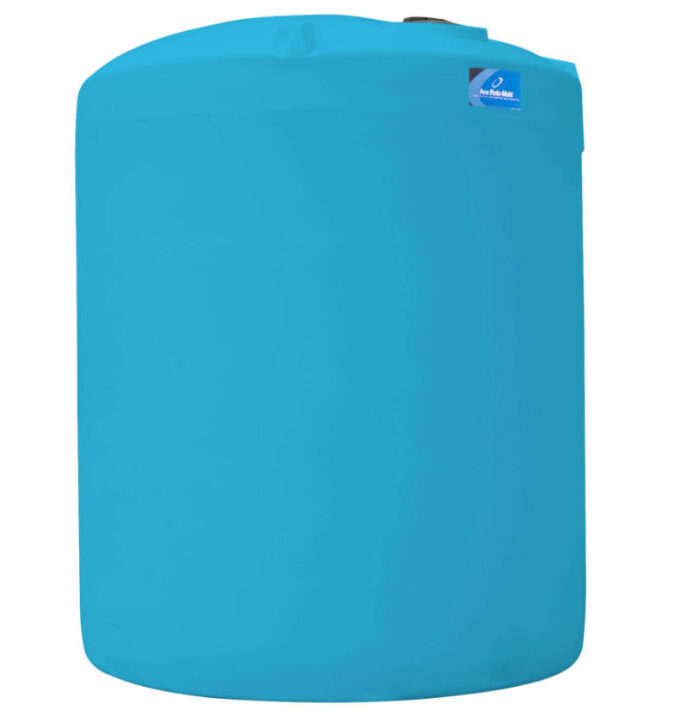
Specific gravity is a material measurement value and is the ratio of a fluid’s density to the density of a reference standard fluid. Specific gravity, abbreviated SG or SpGr and known as relative density, is a comparison between two density values and is often used to determine how much more or less weighty a substance is expected to be than the reference material.
The Math of Specific Gravity
Mathematically, specific gravity is a ratio: it is the density of a substance divided by the density of the reference substance. In formula, specific gravity can be represented as: SG = p / p(ref); where p equals density. For liquids and solids, the reference standard is traditionally water at 39°F (4°C) where it is considered its most dense with a density value of 8.34 lbs/gal or 1.00 g/cm3. For gasses, the SG reference is usually air with a density of 1.205 kg/m3 at 68°F (20°C) and 1.00 atm (101.325 kPa).
The math of specific gravity indicates that any substance with a SG value greater than 1.0 will have a greater density, more mass per volume, and therefore weigh more relative to the reference standard.
How Specific Gravity Relates to Density
Specific gravity directly correlates with a substance’s density, making it important to understand density to fully understand SG and how it is used in applications. Density is the measure of a substance’s amount of mass per volume at a select temperature and is used to determine the total weight of a material in conjunction with area (i.e., volume). Density does this by demonstrating how much substance (i.e., mass) will be present and therefore how heavy it will be within the specified volumetric area.
Density has designated measurement units, where pounds per gallon (lbs/gal), grams per cubic centimeter (g/cm3) or grams per milliliter (g/mL) are common. The results of density measurements are sensitive to and will change with temperature, indicating why values are reported at specific degrees and how SG values are also related to temperature. From density to specific gravity, SG is a relative and unitless value as it is the result of dividing the density value of an individual material by that of a reference standard.
How is Specific Gravity Used
When based on a reference point, specific gravity can be used to relate to and define certain solution characteristics, such as weight, purity and buoyancy. Specific gravity measurements can allow for considerations that often are important in commodity handling, transfer and usage scenarios, and those involving bulk fluids, chemicals, as well as hazardous and non-hazardous materials.
Specific gravity (SG) can be used to:
- Determine the Density and Weight of a Solution — Solutions with known specific gravity ratings and unknown density values can have their density determined. By taking the solution SG and multiplying by the density of the reference (water), the density of the solution can be calculated, which can then be used to determine a solution’s total weight or volume.
- Determine Concentration and Purity — Often in production scenarios, when a pure reference is known, solution concentrations or purity can be determined through measurement and comparison of specific gravity values between the solution in question and that of the pure solution.
- Demonstrate the Weight of a Solution — A fluid with a 1.38 specific gravity fluid can be immediately discerned to be 1.38 times as heavy as the reference fluid, commonly water at 8.34 lbs/gal. If the specific gravity is multiplied by the reference weight of water, the weight of the solution can be found for the set volume; in this example, this is 11.51 lbs/gal.
- Indicate Buoyancy Between Fluids — Similar to density, higher and lower values for specific gravity will indicate the buoyancy between different fluids. Fluids that have SG values greater than the fluid it is mixed in are more dense and will therefore sink. The opposite is also true where a lower SG fluid will float above a fluid with a higher SG.
In direct industry applications, some common scenario examples for the use of specific gravity include:
- Chemical Storage and Containment — In the storage of bulk chemical materials, specific gravity allows system design engineers to determine the total weight strain capability and therefore the suitability of the storage container for certain chemicals over others in the approval of chemical tank storage systems.
- Transfer and Delivery Systems — Applications involving the pumping of liquids and semi-solid commodities can use SG values to consider certain details of flow resistance, weight, and overall pump requirements.
Specific Gravity in Chemical Storage and Polyethylene Tanks
Both high-density polyethylene and cross-linked polyethylene are used to make chemical storage tanks. Both material types are frequently used to handle the various different chemical solutions used across industries by companies, manufacturers, power plants, farms, and municipalities. In this scenario, specific gravity is used to indicate whether a polyethylene tank has been engineered to hold up against the weight strain of the intended chemical to be stored and is therefore compatible for use.
By comparing the specific gravity of the chemical solution to the manufactured specific gravity rating of the polyethylene tank, the tank can be determined to be suitable for the weight load expected from the bulk chemical liquid volume. The specific gravity rating of a polyethylene tank indicates the maximum specific gravity rating for the liquid it can store. Common specific gravity ratings for polyethylene made chemical storage tanks are 1.5 SpGr, 1.7 SpGr, 1.9 SpGr, and 2.0 SpGr. Heavy-duty tanks with a 2.2 SpGr rating are available on request for high-profile chemicals such as concentrated sulfuric acid.
Polyethylene storage tanks used in chemical handling applications are often recommended to have a higher specific gravity rating than the chemical they will store to improve overall durability, safety and service life. Using an example, concentrated hydrochloric acid will not have a specific gravity greater than 1.4 SG, but is still recommended to be stored in 1.9 SpGr high density polyethylene tanks. (For more info, see Proper Hydrochloric Acid Storage in Polyethylene Tanks.)



Takeaway | What is Specific Gravity
Specific gravity is a unitless standard of measure derived from the ratio between a substance, such as a liquid, and a standardized reference. Specific gravity is used as an indication of how much more or less dense a substance is compared to the reference, which is most often water for liquids. A liquid’s specific gravity rating can be used to determine how much it will weigh by volume, to indicate various physical properties and whether a select polyethylene storage tank is suitable for handling.
As America’s liquid tank superstore, we specialize in providing poly tanks made by today’s top manufacturers and engineered for handling bulk volumes of liquid commodities and chemicals. You can find our selection of chemical storage tanks here. We also specialize in custom fabricated polyethylene tanks built to match the needs of unique applications. For any product inquiries, custom quotes, or assistance, contact us, our support experts are always ready to help.